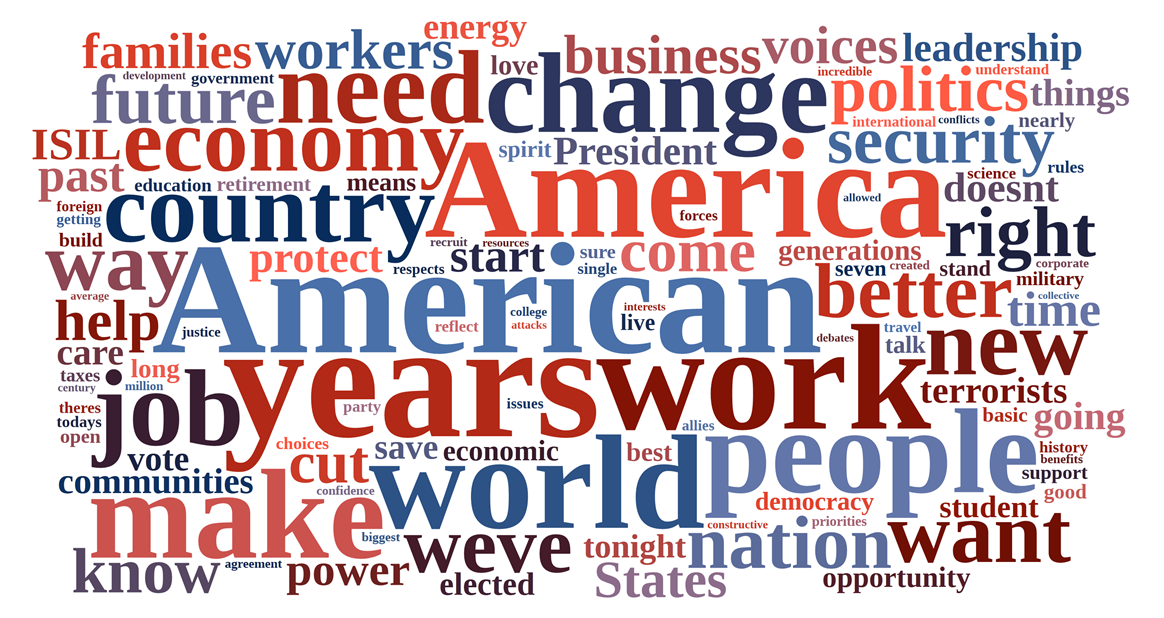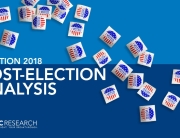In today’s media landscape, the marketing, branding, communications, and advertising agencies that support corporations assume that because something has been said once, it’s been heard. This just is not the case – it never has been, nor will it ever be!
While there are more opportunities to be heard, breaking through the clutter and truly moving the needle is very, very difficult. Even companies with deep pockets and significant media expenditures struggle to be heard in ways they want.
One reason is that all too frequently, companies are far too eager to go with new creative executions or drive forward in a new strategic direction. And they do so, in error, before their current message has sunk in. From my perspective, they lack what I call message discipline – staying consistent with what you are saying until all the signals and measures make clear your communications goals have been achieved.
In 1885, London businessman, Thomas Smith wrote “Guide to Successful Advertising” where he made clear that 20+ exposures to an ad were necessary before a customer would buy. Have a look at how Smith framed this.
More recently, I recall famed political consultant David Garth admonishing his colleagues for moving on and declaring a message to have been “delivered” too quickly. “Don’t switch the traffic, yet,” I recall Garth saying, “We are just starting to be heard now.”
Both conclusions are spot on.
But alas, patience in a 140 character world is all too rare.
So what are we to do? How should we advise our clients and their senior executives?
This morning, KRC Research reviewed last evening’s State of the Union address (as well as previous addresses) – because the lesson President Obama gives us on this point is instructive. In speaking to the nation, Obama made his case and then reinforced his key points through repetition.
KRC then analyzed the President’s remarks – as well as his prior addresses – and created the accompanying word cloud – a graphical representation of how frequently certain words were used and mentioned.
Here is what we concluded in our (non-partisan) analysis about what Obama sought to drive through repetition:
- Obama spoke a great deal about “America” and “American” – he mentioned these words more than any others – and perhaps more so than in his prior remarks. In doing so, Obama is trying to appeal to the American spirit.
- Rather than seeking to propose policies that likely won’t go anywhere in Congress, Obama is seeking to frame the terms of 2016 election and today’s political climate. Unlike in 2013 and 2014, last night Obama made very few mentions of Congress – this suggests his issuing of executive orders, rather than working through the traditional Congressional process, will continue until the end of his term.
- While the nation is worried about terrorism, Obama reassured the nation that progress is being made everyday – but despite significant public concerns, that wasn’t a key focus of his speech.
- In what has until recently appeared to be a domestically focused election, Obama spoke as frequently about “work” as he did about the “world.”
- With about a year to go in office, Obama pointed the nation in a forward facing direction – repeatedly using words like “future,” “new,” and “change” – and doing so more frequently than any of his other State of Union addresses. This is a bit unusual for a two term President to drive this so hard, especially at the end of his term.
- Throughout all of President Obama’s State of the Union addresses, “jobs” and “work” rise to the top as two of the most frequently mentioned words. This is the reality for a President who took over after the Great Recession.
- “People” has been, and was last night, a common refrain in all of his speeches, suggesting that the health of the United States is directly linked to that of its people, implying that the policies discussed are meant for the average American citizen.
The key point here is that Obama made his key points – and then made them again – often using similar or the same words and phrases. He was trying hard to be heard and understood.
So in conclusion, say it again and again and again – and just maybe you will be heard by the twentieth time!
KRC’s 2016 State of the Union Word Cloud










